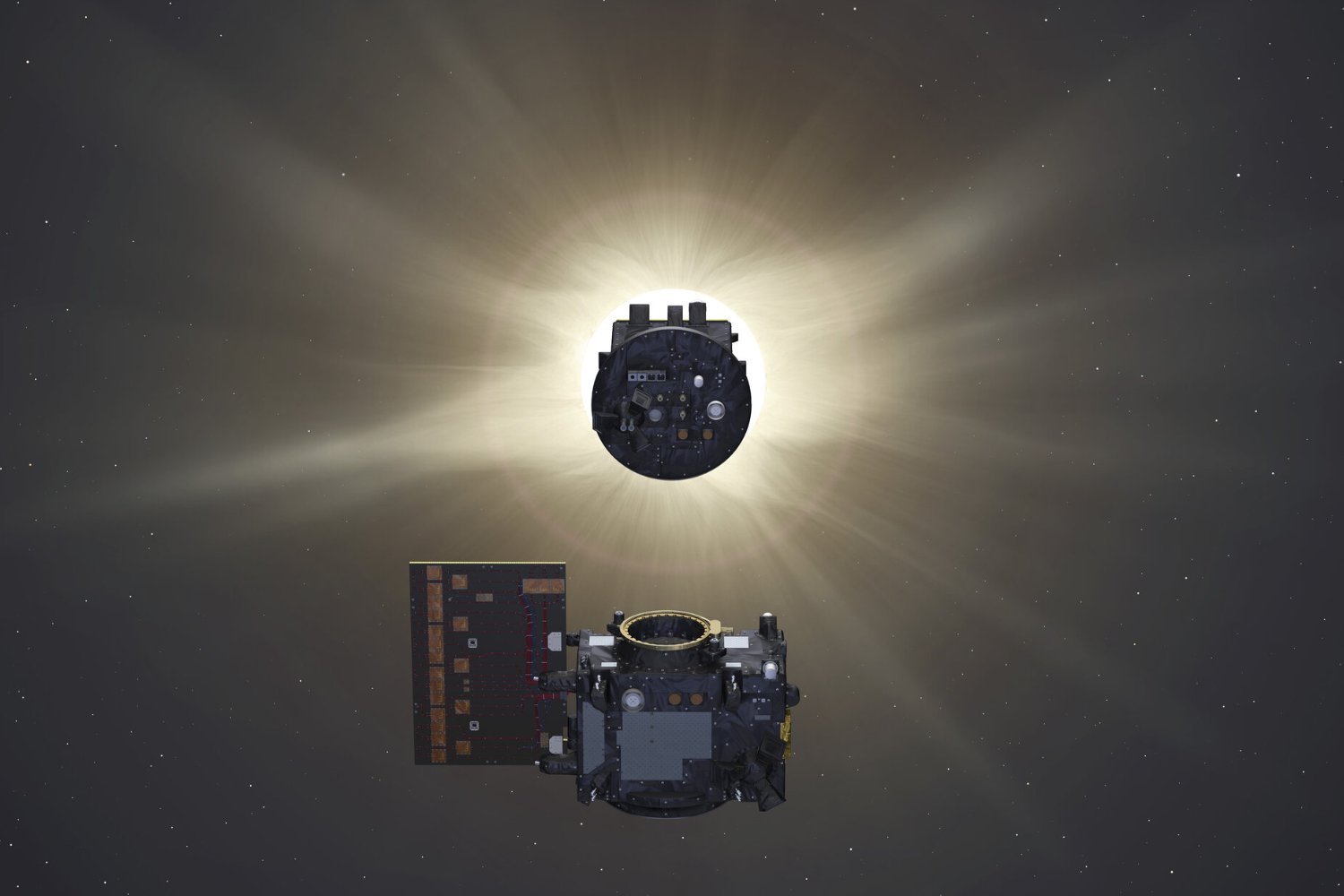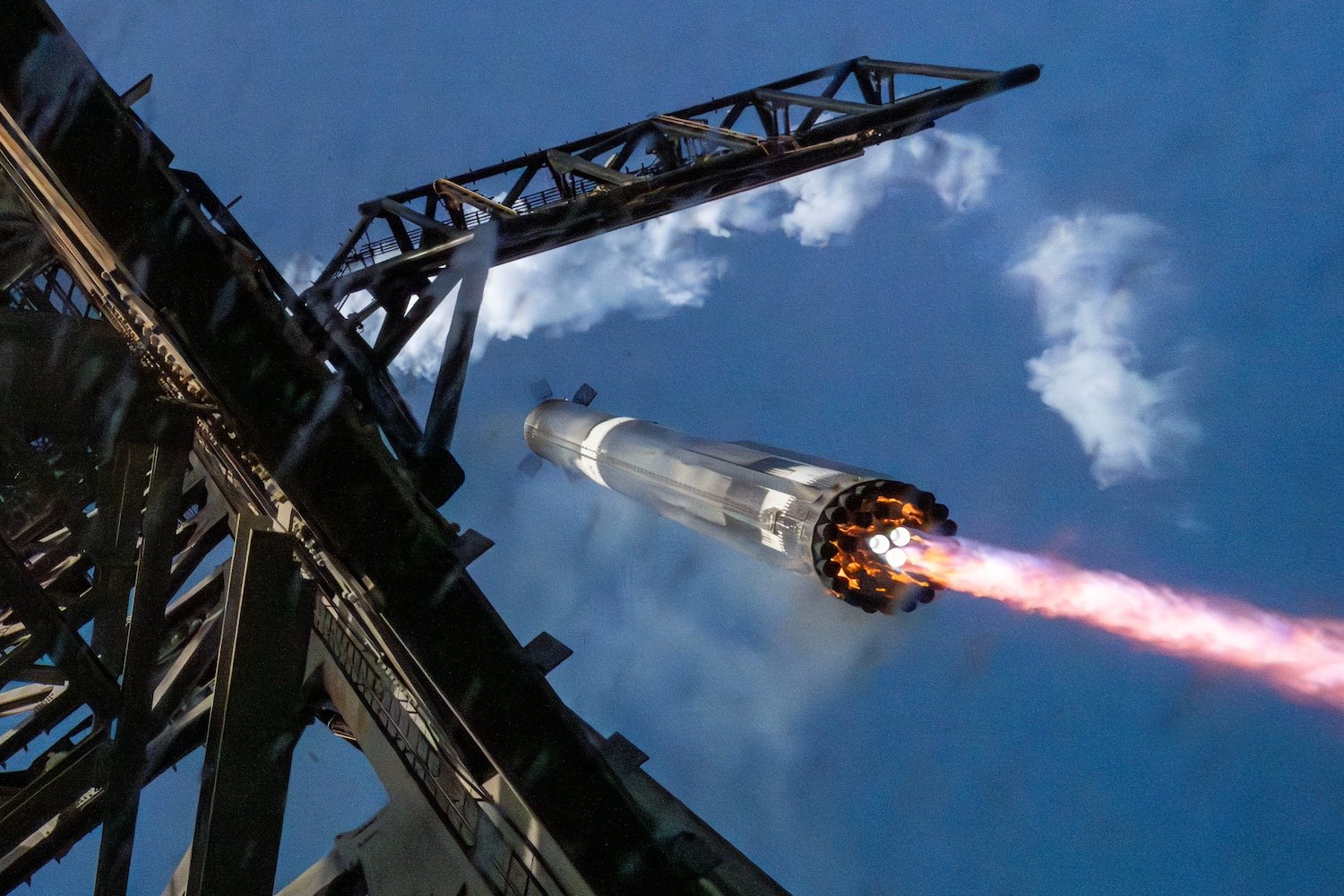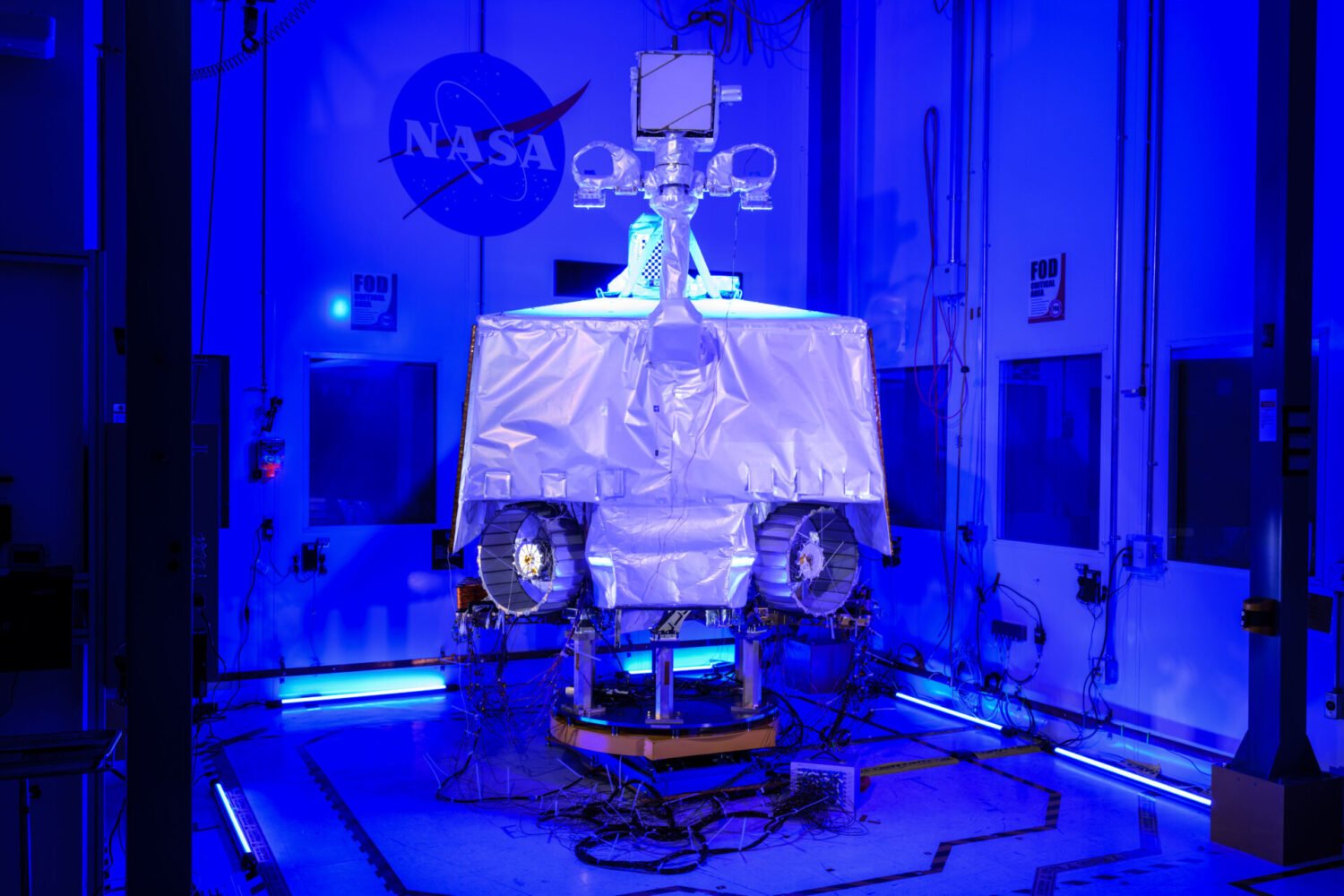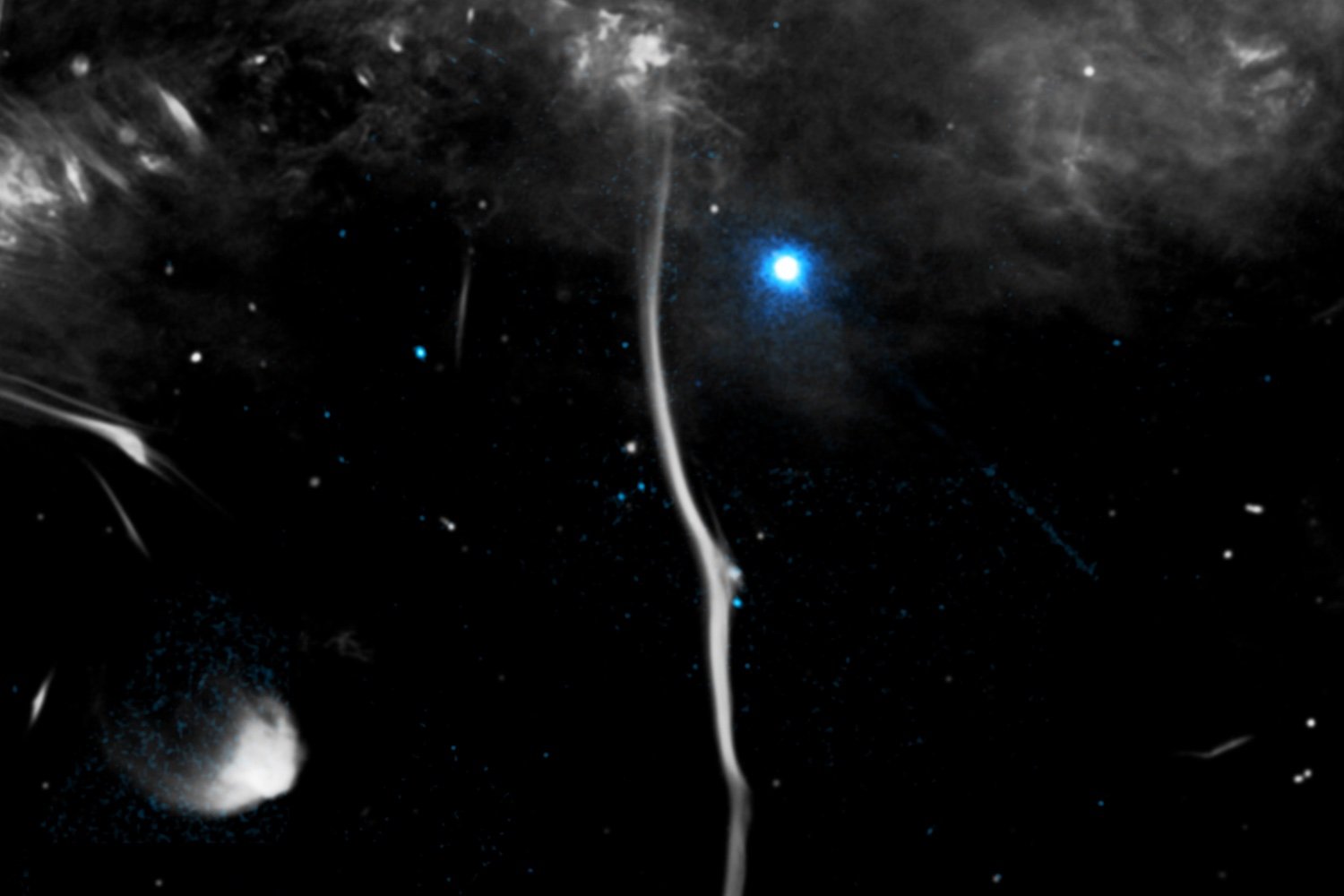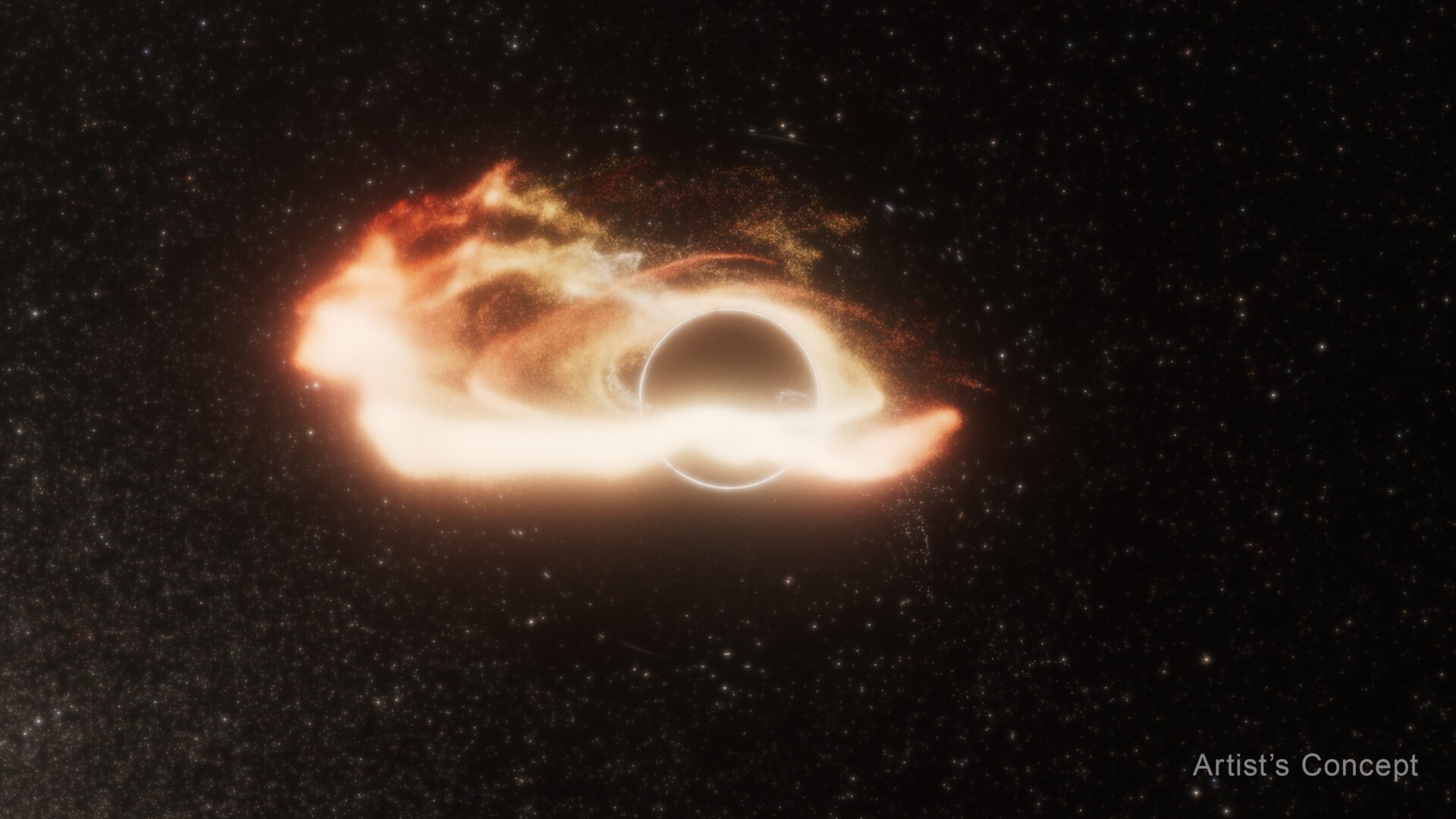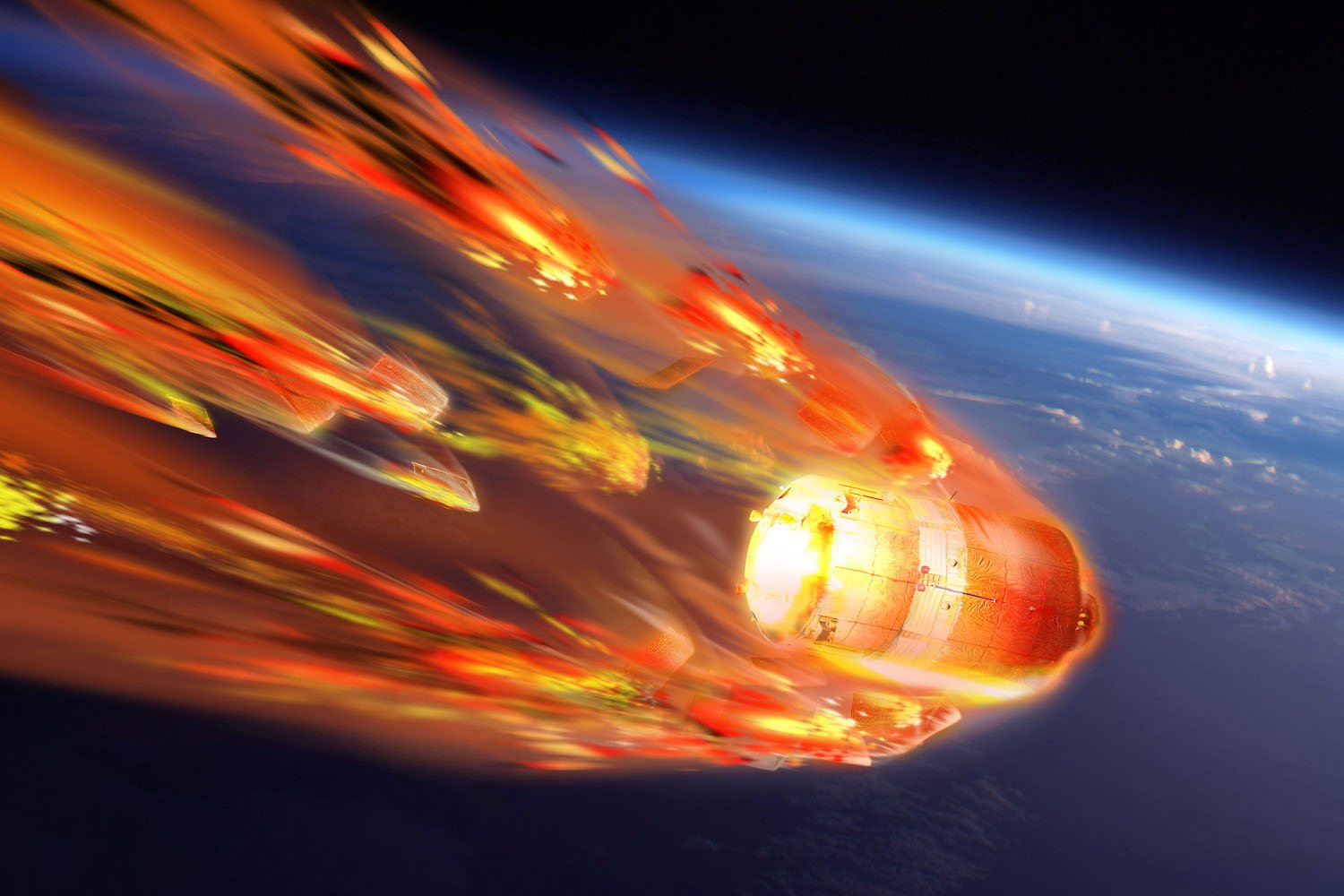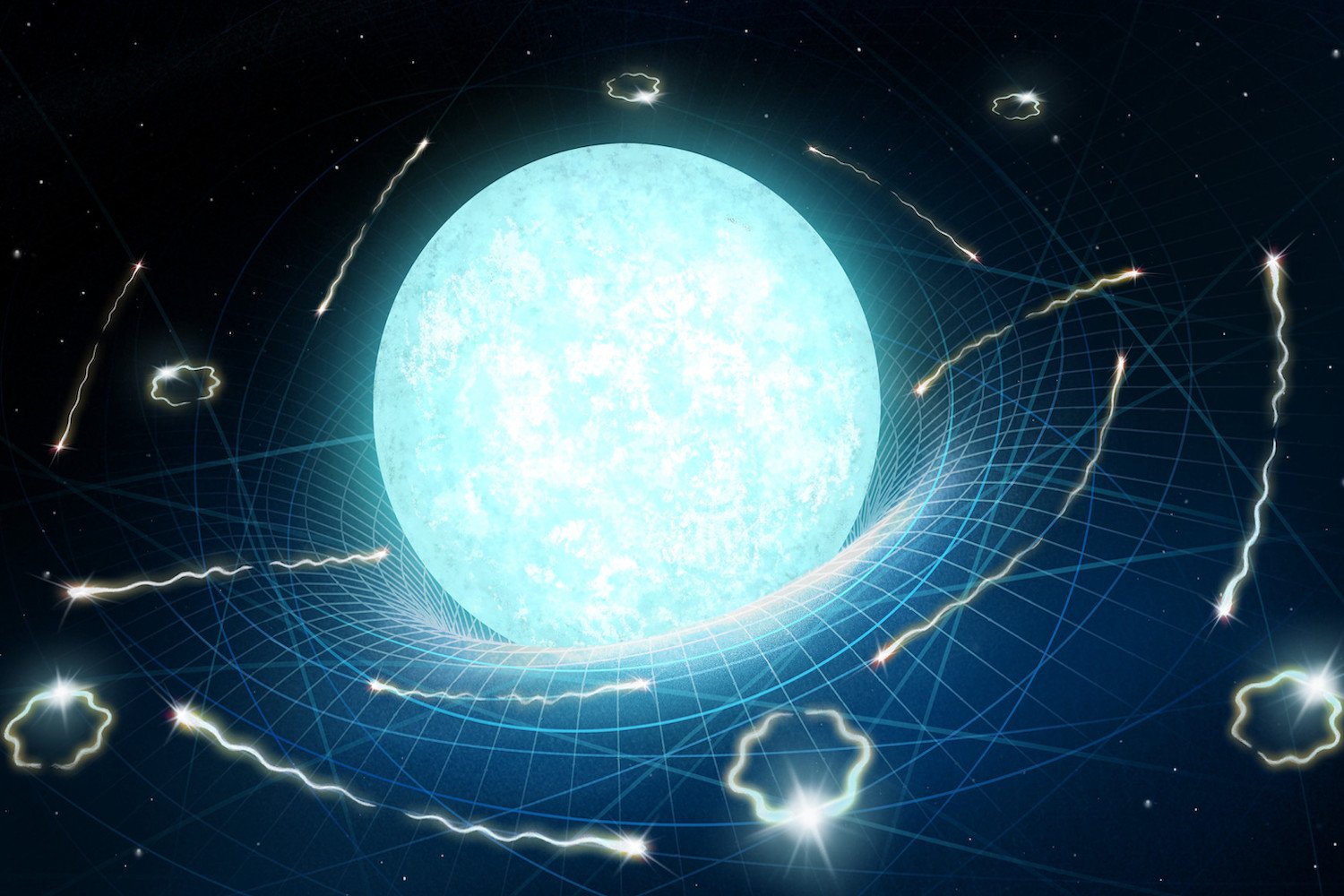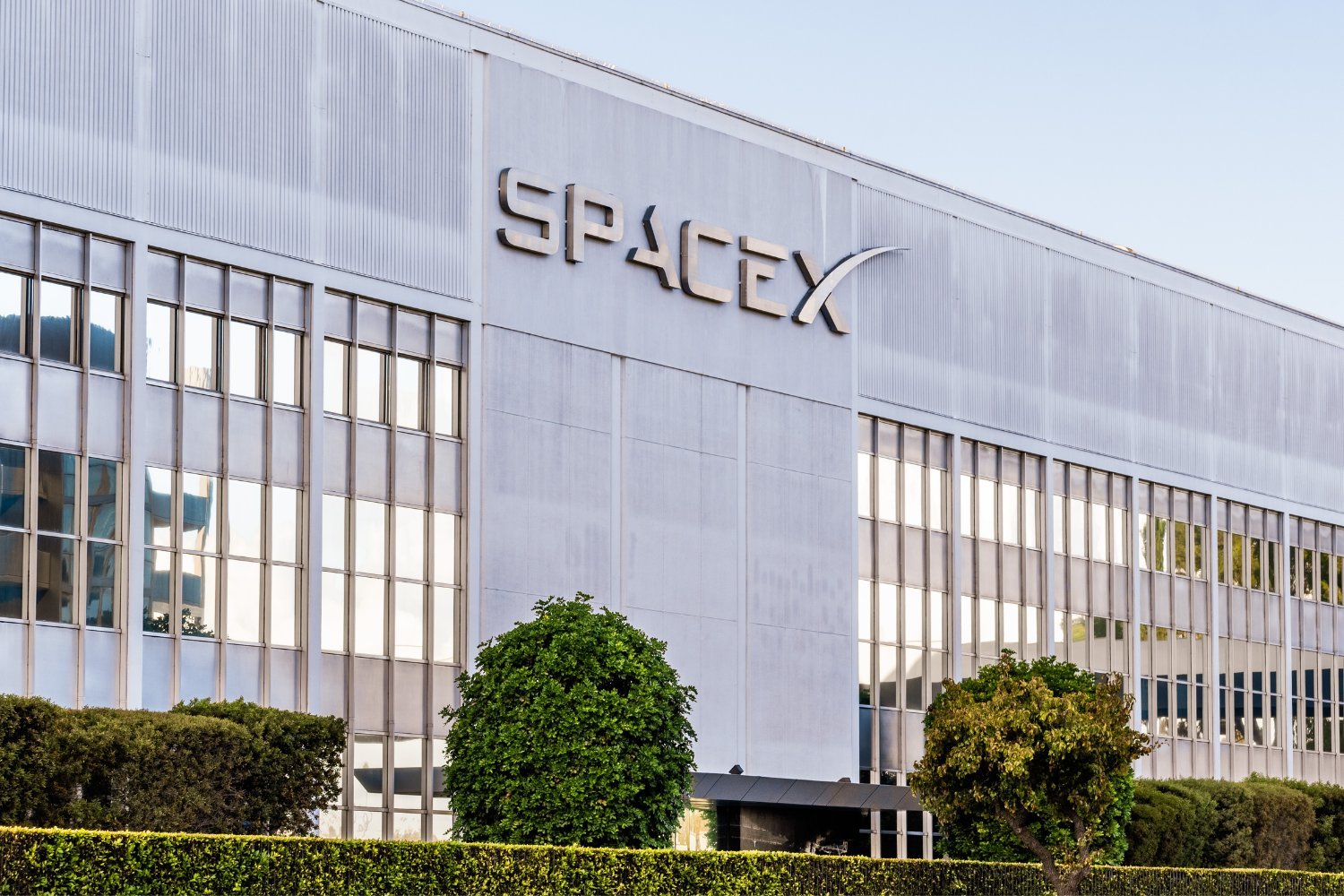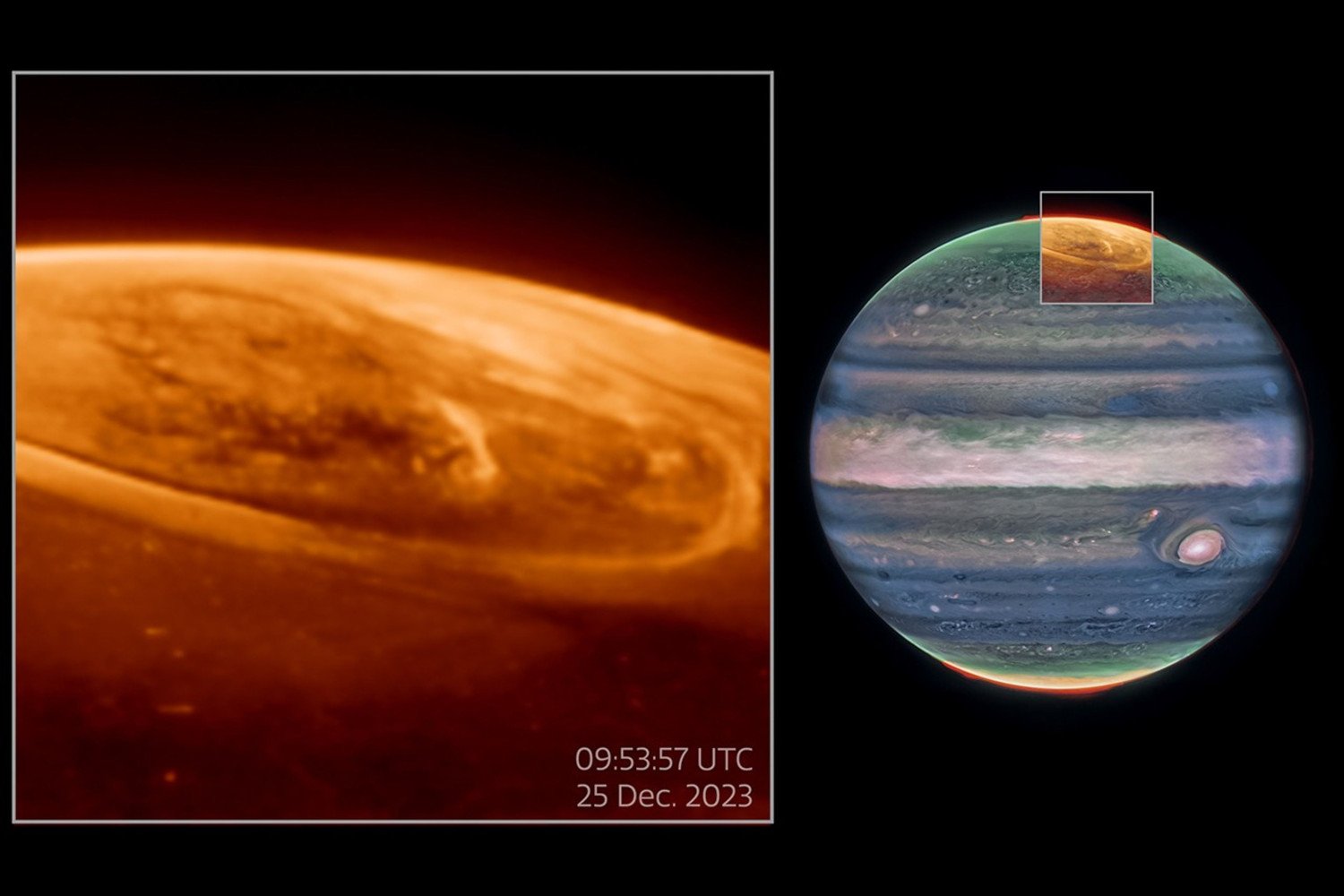The European Space Agency (ESA) has achieved a groundbreaking milestone in spaceflight with its Proba-3 mission. The two spacecraft, the Occulter and the Coronagraph, successfully performed autonomous, precision formation flying with millimeter accuracy, a feat never before accomplished. This innovative approach simulates a single, large instrument in space, paving the way for advanced satellite constellations and future space telescopes.
Proba-3’s primary objective is to observe the Sun’s corona, its faint outer atmosphere. To achieve this, the Occulter blocks the Sun’s intense glare, creating a precise shadow for the Coronagraph to observe the corona without interference. This requires extraordinary precision: the two spacecraft must maintain a distance of 492 feet (150 meters) while aligning with millimeter-level accuracy (0.04 inches). The Occulter’s 4.6-foot (1.4-meter) disc casts a mere 2-inch (5-centimeter) shadow on the Coronagraph, perfectly shielding it from the Sun’s brilliance.
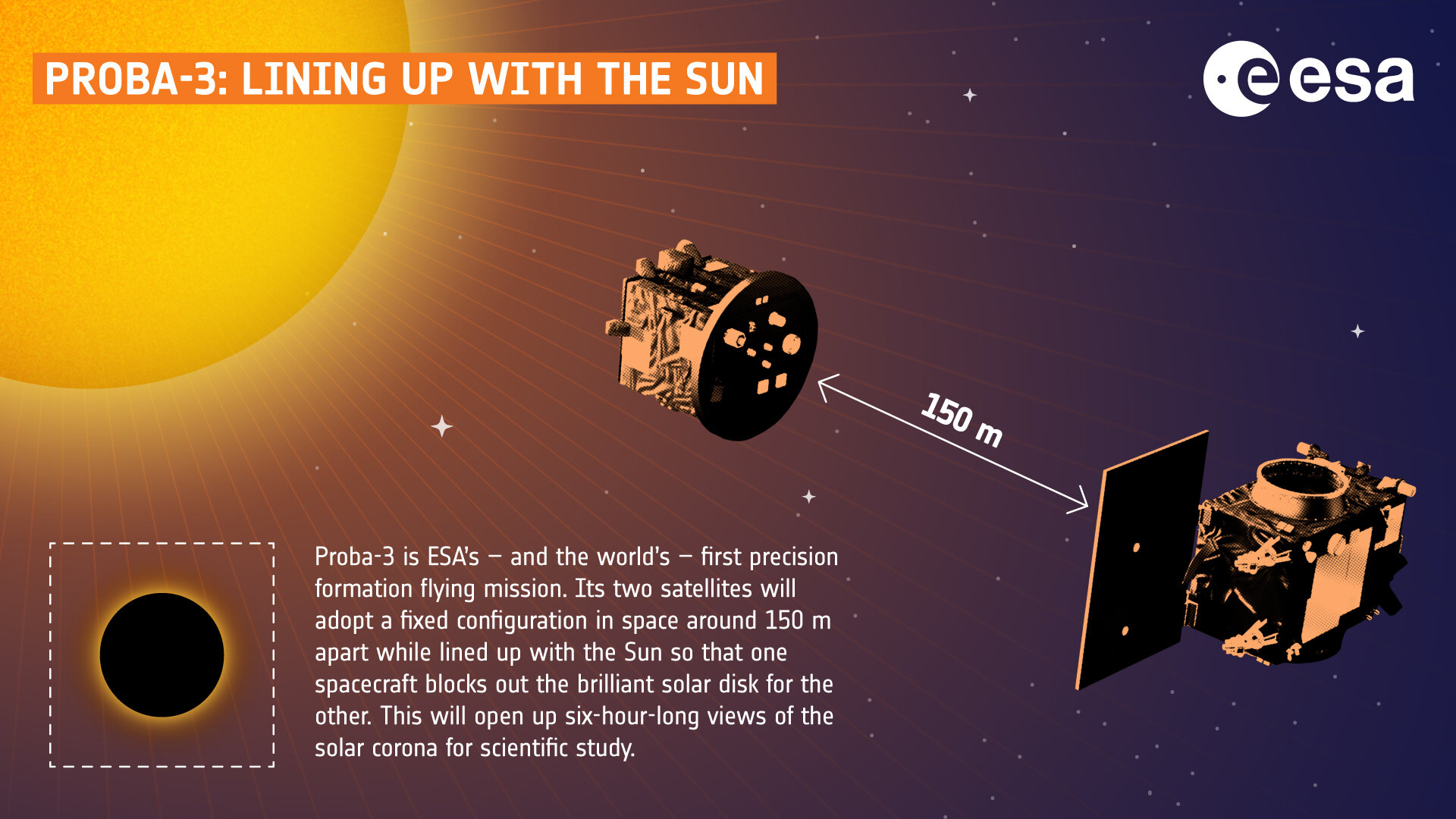 Proba-3 infographic: Lining up with the Sun
Proba-3 infographic: Lining up with the Sun
After initial positioning by ground control, the spacecraft utilize an autonomous system of cameras, LEDs, and laser rangefinders to achieve and maintain their precise formation. A sophisticated algorithm ensures the Coronagraph remains safely within the Occulter’s shadow. The Fine Lateral and Longitudinal Sensor (FLLS), a laser-based system, constantly measures the distance and relative position between the two spacecraft, guaranteeing their precise alignment. This same laser technology will be crucial for LISA, the future gravitational wave observatory planned by NASA and ESA.
This level of orbital choreography is unprecedented. Project manager Damien Galano emphasized the remarkable precision achieved, stating, “We are talking about millimetric accuracy in range, and sub-millimetric in the lateral position.” The team eagerly anticipates the completion of instrument calibration and the first processed images of the Sun’s corona.
Beyond the significant advancements in solar science, Proba-3’s technology demonstration validates the precision measurements critical for future multi-spacecraft missions, such as LISA. This achievement lays the groundwork for increasingly complex and ambitious space endeavors. Proba-3, with its intricate laser-guided dance, is poised to reveal new insights into the Sun’s dynamic corona and unlock further possibilities for space exploration.
The successful demonstration of formation flying opens doors for future space telescopes and observatories, allowing scientists to gather more comprehensive data than ever before. As Proba-3 prepares for its research campaign, it signifies not only a leap forward in solar observation but also a significant advancement in the art of spaceflight itself.
In conclusion, Proba-3’s achievement represents a monumental step forward in space technology. Its precise formation flying, a delicate ballet in the vastness of space, promises to revolutionize our understanding of the Sun and pave the way for future multi-spacecraft missions that will push the boundaries of scientific discovery.



